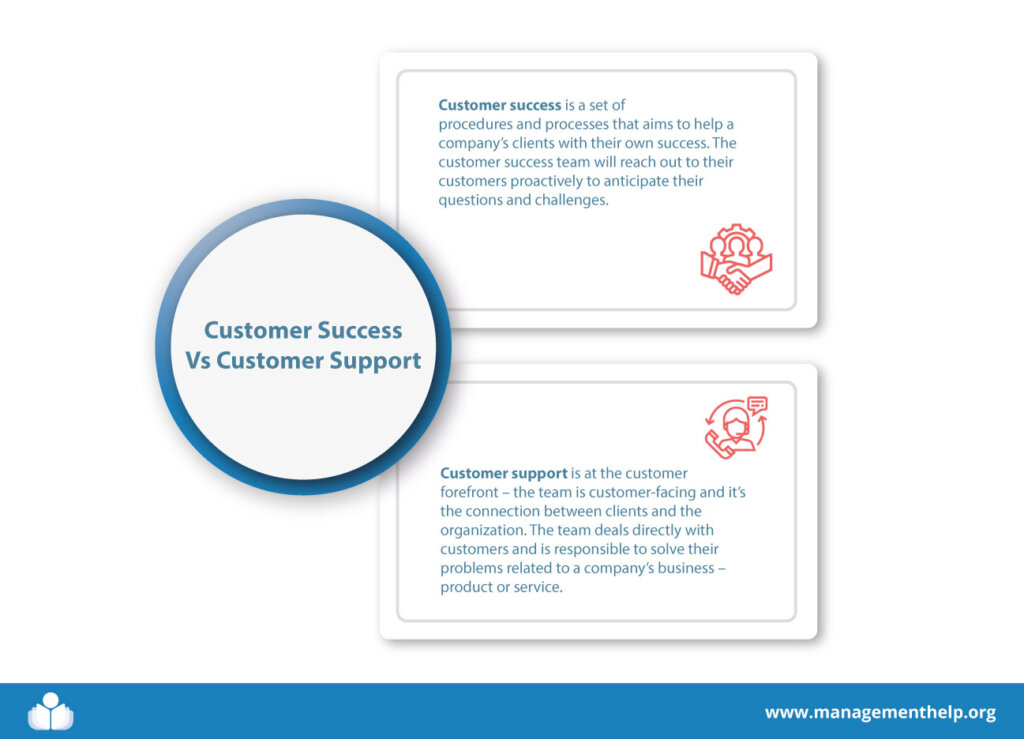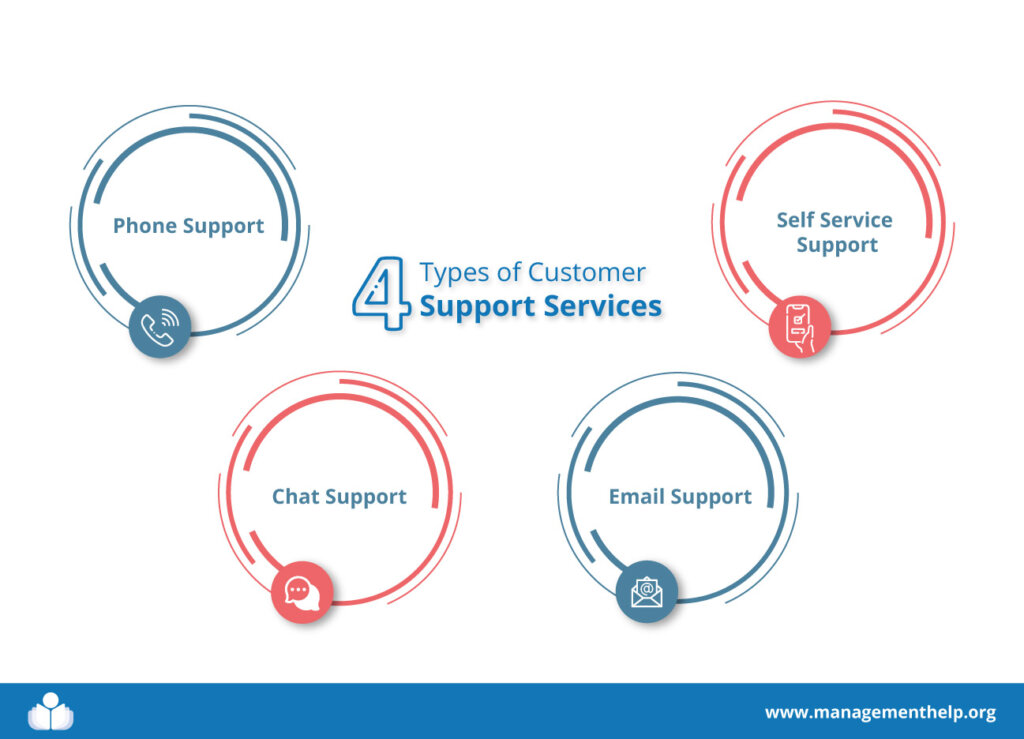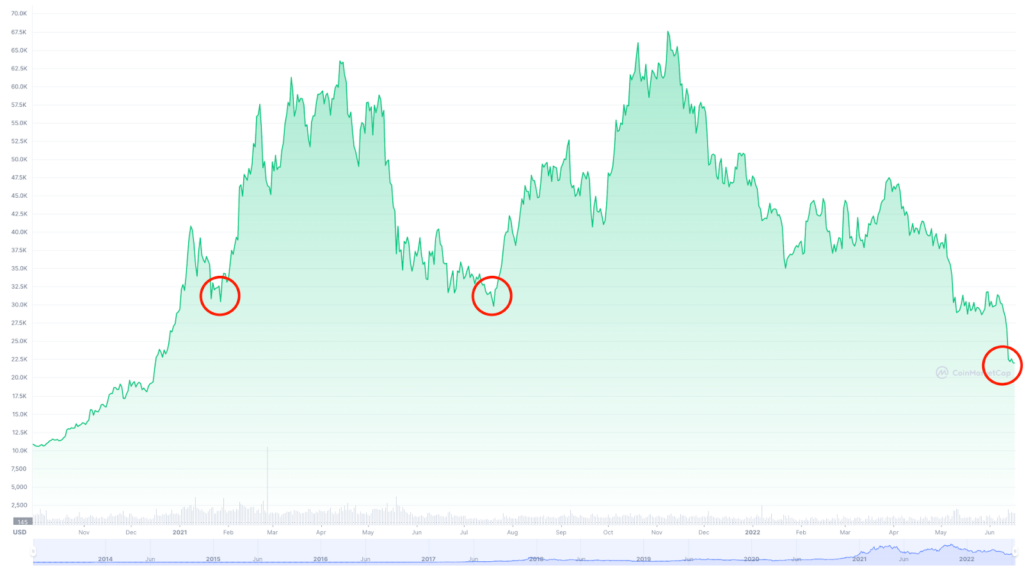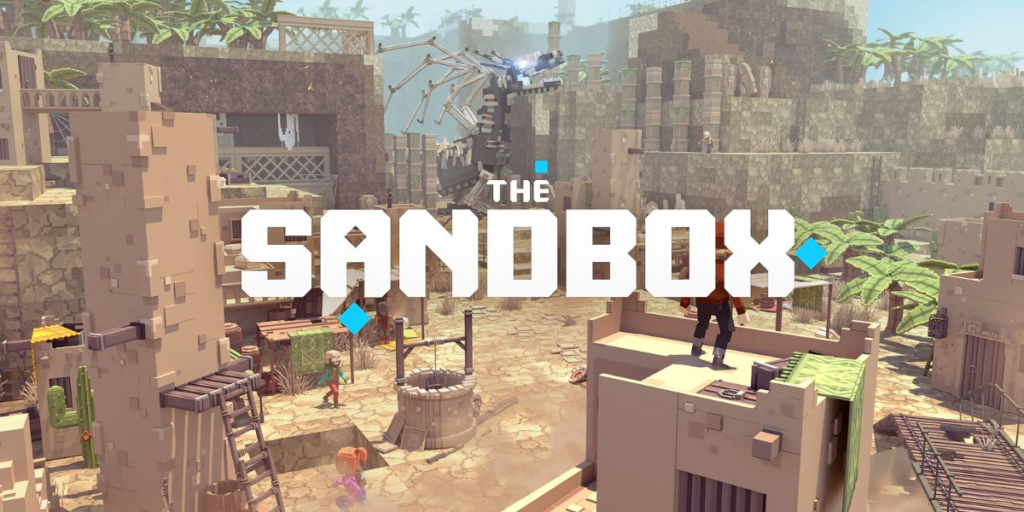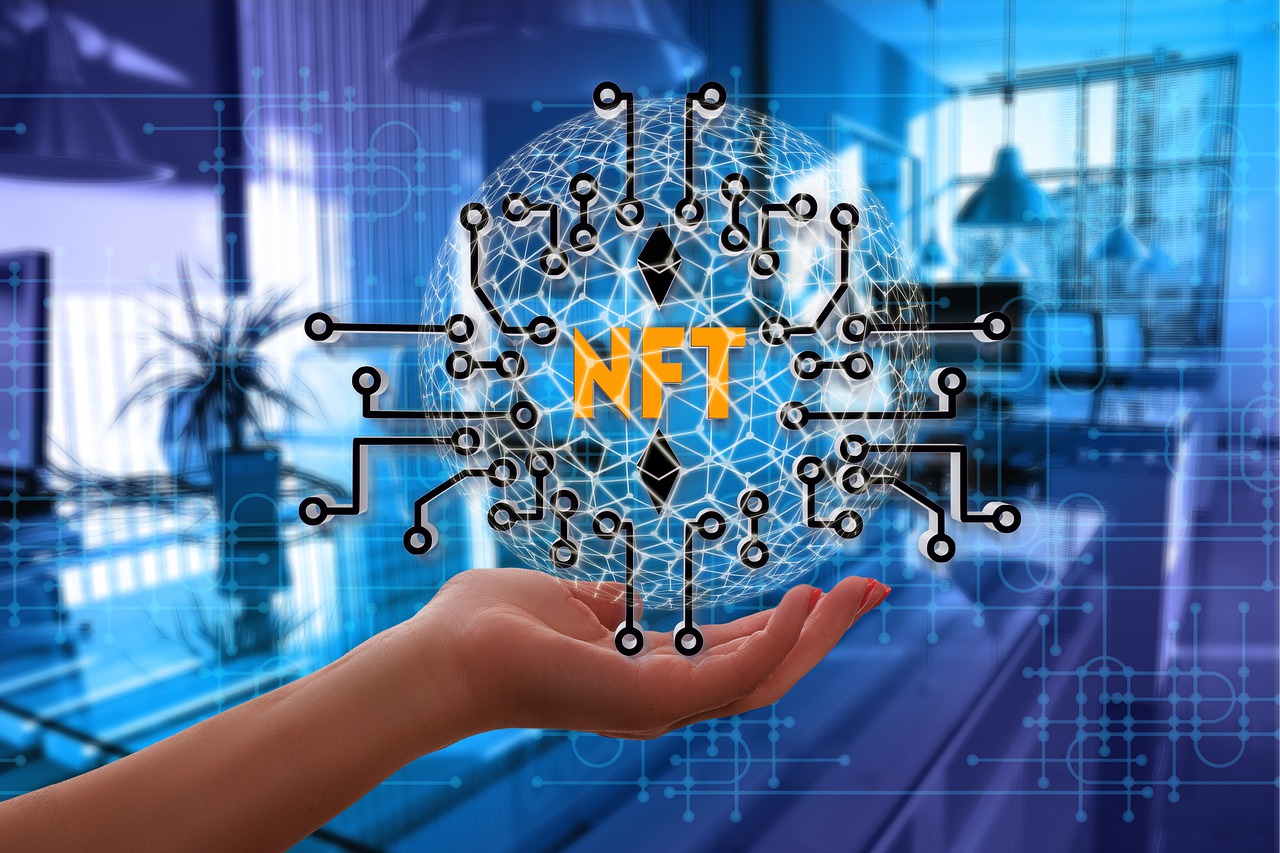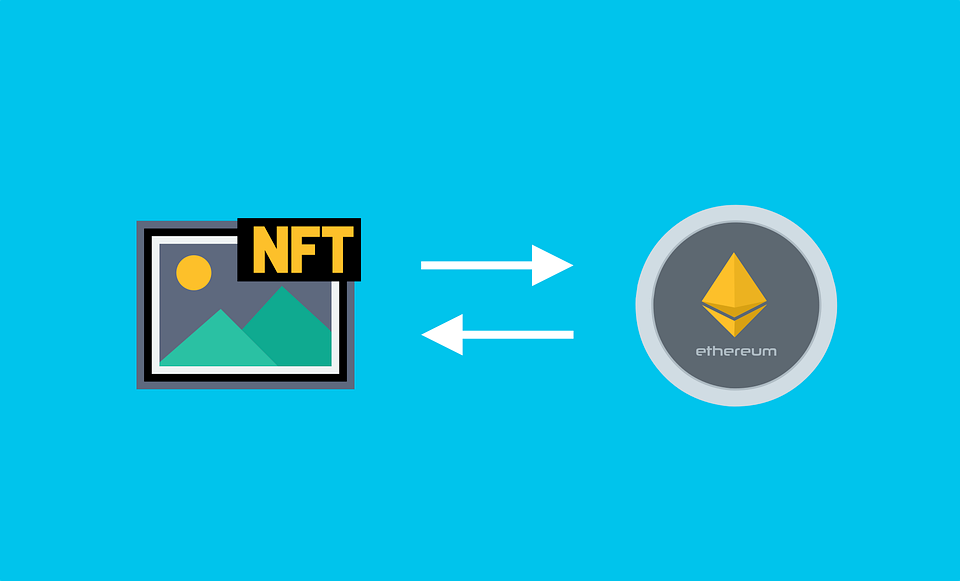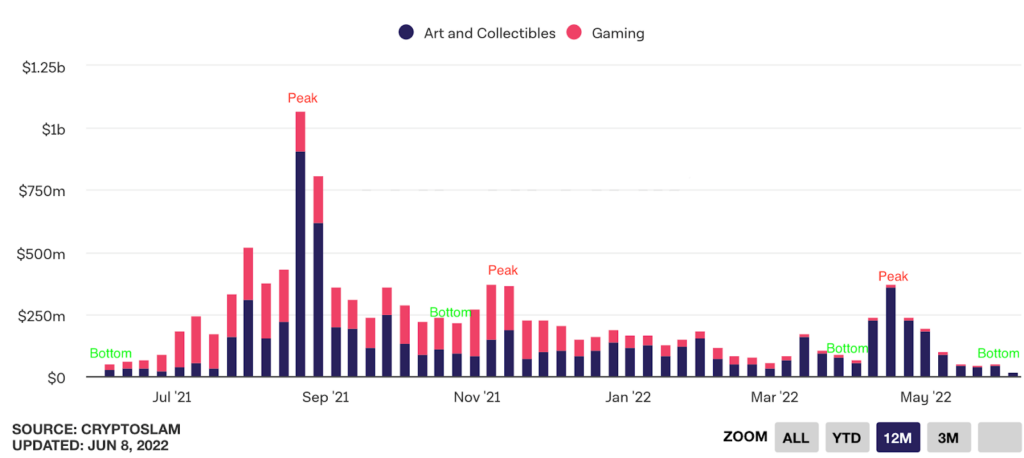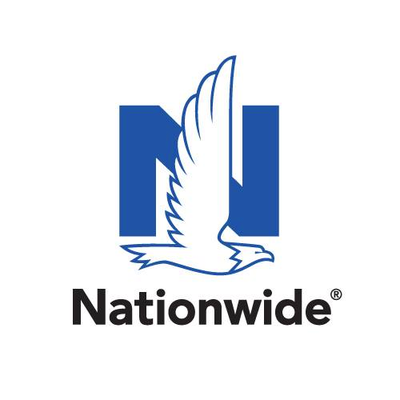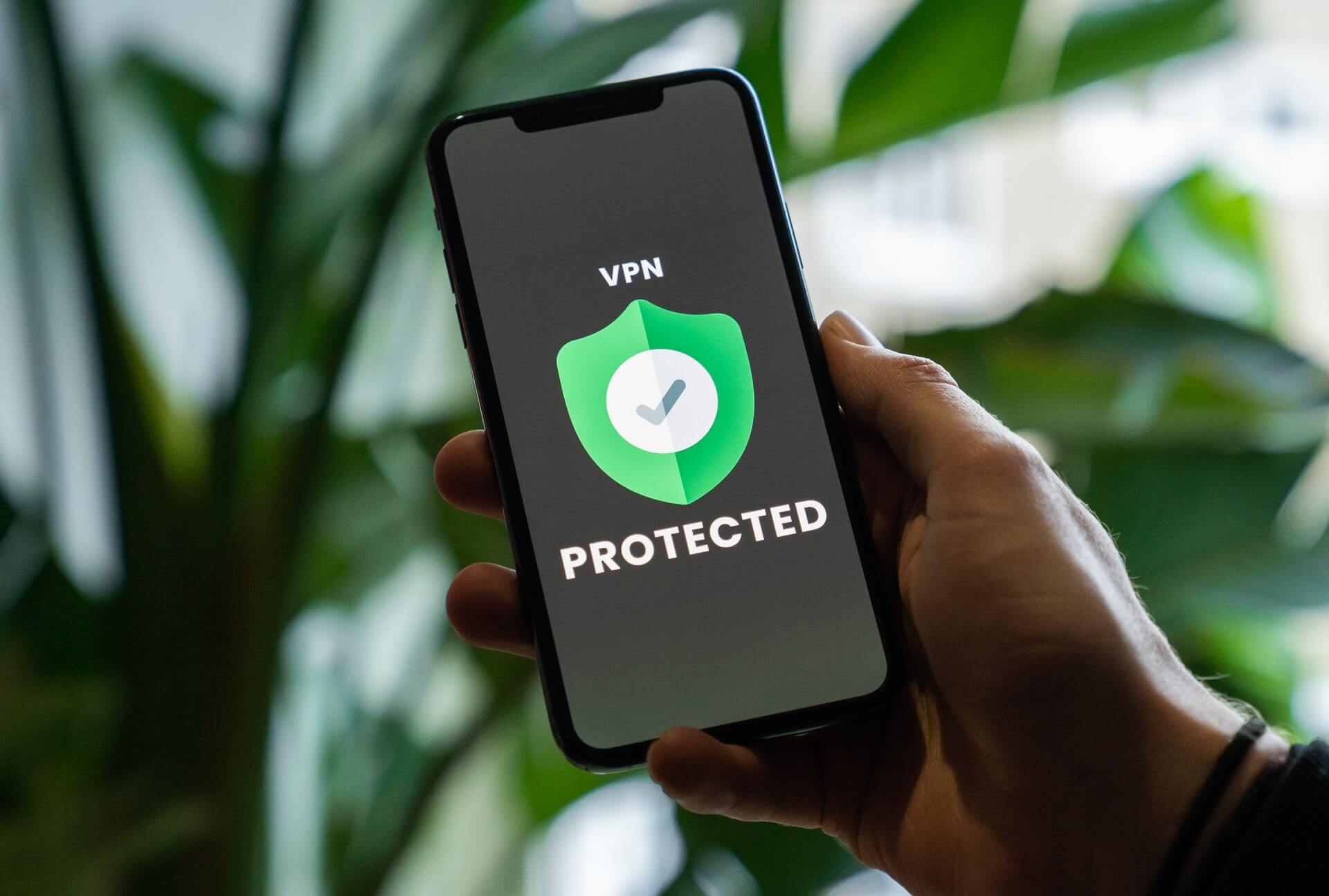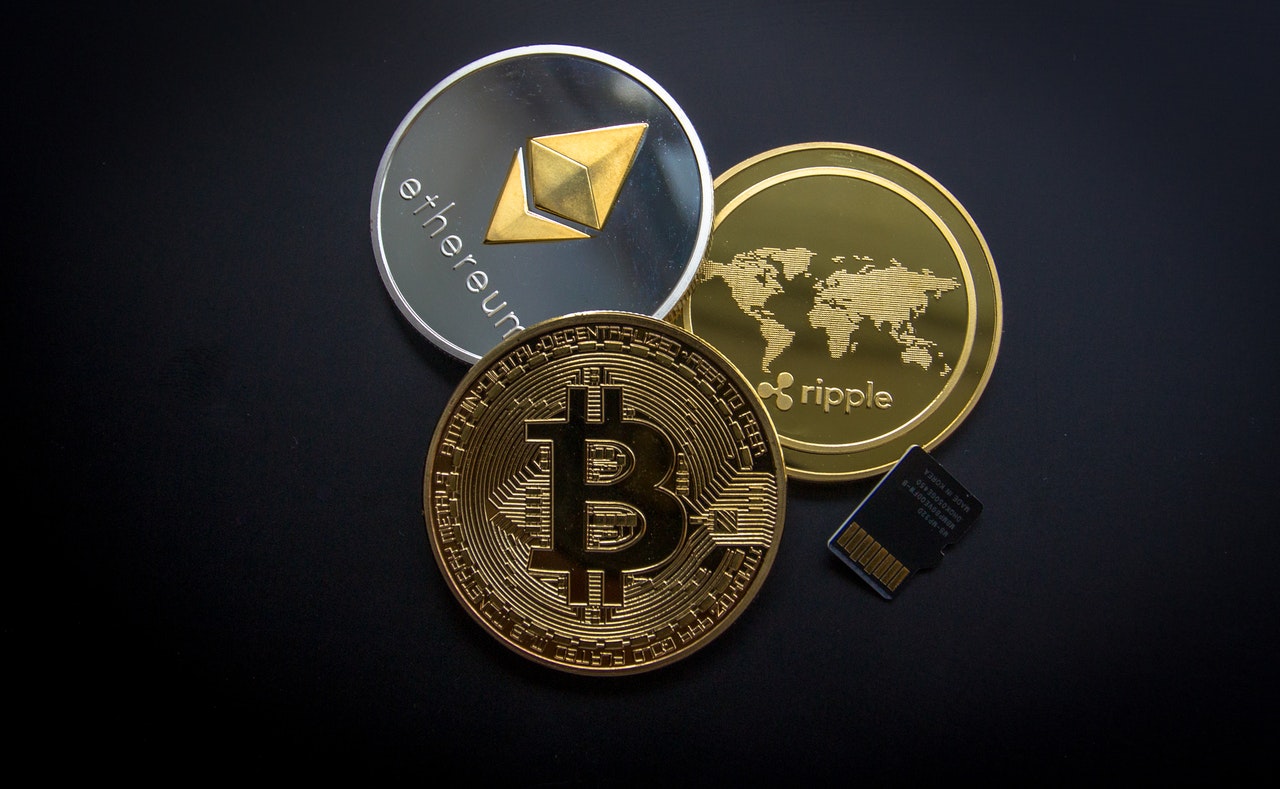People operations empower your employees to become productive and fulfilled in the workplace. It’s essential for you to invest time and effort in people ops because your workforce is the backbone of your business. Although the term “people operations” is relatively new, it’s a traditional concept that is closely related to human resources (HR).
What Is People Operations?
People operations is a business function that humanizes business operations to improve employee experience. This people management model boosts the work efficiency and job satisfaction of your staff members through training, engagement, and retention. In practical ways, it highlights the importance of your manpower, not merely as people who are paid to do tasks, but as valuable members of your organization.
The term “people operations” was coined by Laszlo Bock, formerly the Senior Vice President (SVP) of Google’s People Operations department from 2006 to 2016. Through his book Work Rules!, Bock popularized the concept of people ops in the tech industry and beyond. He motivated employers, not just to protect the self-serving interests of the company, but the best interests of the employees as well.
People Operations vs HR: What’s the Difference?
People operations and human resources (HR) are similar in some ways but are also different in crucial ways. Both people ops and HR are people management models. However, conventional HR departments focus on the welfare of the company as an organization, while people operations teams concentrate on the professional and personal well-being of individual employees.
Check out the chart below for an overview of the main differences between people ops and HR:
People Operations
Traditional HR
Purpose
Employee value enhancement
Compliance enforcement
Priority
Supporting existing manpower
Hiring new staff members
Employee Participation
Active
Passive
Company Coordination
Collaborative
Mostly independent
Problem-Solving
Proactive
Responsive
System
Employee database + Rewards system
Employee database
Style
Holistic
Limited
Purpose
The main purpose of a conventional HR department is to enforce compliance with company policies and minimize the liability of the organization. In contrast, the goal of the people operations team is to maximize the value of the staff members in a systematic way.
Priority
On one hand, the top priority of an HR team is to interview and hire new additions to the company to fill up job openings. On the other hand, the people ops department gives importance to providing professional support to current employees to reduce turnover rates within the organization.
Employee Participation
An HR department usually shares information with the staff members about the latest decisions made by the management which affect the whole company. However, the people operations team gives rank-and-file workers the chance to actively participate in decision-making processes through open discussions.
Company Coordination
In general, the HR team works independently on its tasks, only consulting with other departments whenever necessary. In comparison, the people ops department makes it a habit to collaborate with other teams within the company to keep tabs on the workers’ situation.
Problem-Solving
The HR department typically solves problems as they arise on a case-to-case basis. In contrast, the people operations team proactively implements innovations to improve operations and prevent work issues.
System
The HR team maintains an employee database by inputting the latest payroll data and professional information. In addition to this, the people ops department also builds a rewards system to inspire staff members to work hard and stay loyal to the company.
Style
Overall, an HR department follows traditional, limited protocols in supervising the manpower of a business. Even better, the people operations team employs a holistic, flexible style to enhance the work experience of all the employees.
If you are currently practicing the old-school HR approach in your business, you may consider transitioning to the modern people ops approach to make your business more staff-friendly and well-rounded.
What Do People Ops Workers Do?
The people operations department plays a pivotal role in helping employees reach their full potential within the company. Let’s discover what the duties of the team are and who leads the people ops workers.
What Is the Role of the People Ops Team?
The people operations department assists employees beginning from their hiring and onboarding, continuing throughout their stay with the company, and ending with their exit from the organization.
Here are some examples of the common responsibilities of people ops workers:
- Facilitating the interview and onboarding procedures of new hires for a smooth transition
- Granting all employees access to the tools and technology they need to be productive at their jobs
- Ensuring that staff members receive health benefits and employment perks
- Providing venues for career development and educational training to enhance the skills and knowledge of employees
- Answering the questions of workers related to company policies and employment terms
- Listening to suggestions and feedback of staff members and taking the necessary actions
- Creating a rewards system to acknowledge employees with stellar work performance, commendable work ethics, and company loyalty
- Promoting a sense of belonging for all staff members within the corporate community
- Organizing events to engage employees and spark team spirit
- Streamlining outmoded HR systems to enhance efficiency
- Selecting the right payroll software that suits the requirements of the business
- Monitoring HR metrics like hiring periods and turnover rates
- Handling offboarding processes for exiting staff members
- Increasing overall job satisfaction of current employees by considering them as internal customers
Who Leads the People Operations Department?
The people ops team is typically supervised by two key leaders within the department:
People Operations Director
The people operations director is the head of the people ops department. He or she creates or improves the people ops strategy while aligning it with the mission and values of the organization. The director collaborates with the managers of other departments to boost interoffice relations and resolve employee issues.
People Operations Manager
The people operations manager oversees the day-to-day work activities of the team. He or she makes sure that the department reaches its goal of supporting the employees of the company through onboarding, offboarding, compensation disbursement, benefits administration, time-off approval, event planning, and system improvements. Also, the manager serves as a bridge between the people ops workers and the executive management.
Under the leadership of the people ops director and manager, all the people ops workers in the department fulfill their individual tasks.
What Types of Organizations Need People Ops?
Most organizations can benefit from people operations, whether they are big or small, private or public. These are the various types of organizations that can create a people ops team or perform related practices:
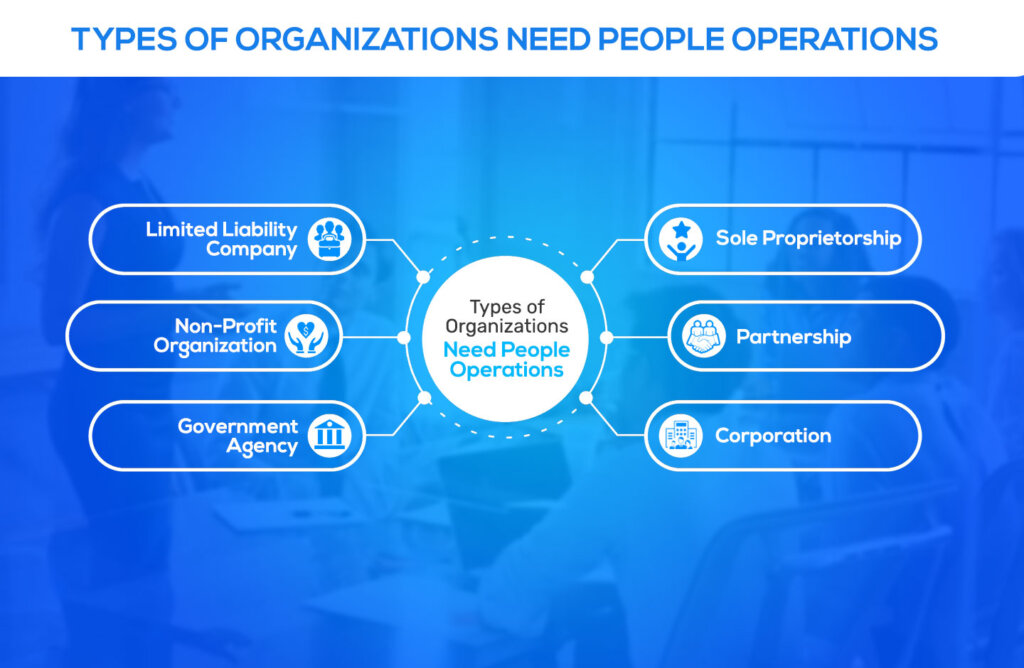
Sole Proprietorship
A sole proprietorship, which is owned by a single individual, is one of the most basic forms of business. Due to its small size and budget, it typically doesn’t have a separate people ops department or a dedicated employee to handle this function. However, sole proprietors can still apply people ops principles on a small-scale level to motivate their employees.
Partnership
A partnership is formed by two or more owners who agree to run the business together. It may have a people ops team or not, depending on the size and resources of the organization. Either way, all the active partners should coordinate on how to implement people ops practices for the sake of the workforce.
Corporation
A corporation is a company that exists as a separate entity from its shareholders. It’s generally bigger and more complex than small businesses. Due to the sheer number of staff members, it can be challenging to nurture everyone who works in the different divisions of the corporation.
For instance, the leading 500 Fortune companies boasted from 302,394 up to 2.2 million employees in 2019. Nevertheless, corporations usually have enough resources and manpower to establish and run a full-scale people operations department.
Limited Liability Company
A limited liability company (LLC) is a business structure that provides personal liability protection to its owners from business debts and claims. It may have a people ops team or not, based on the size and budget of the LLC. Like other businesses, it can take advantage of the people ops approach for the sake of the workers.
Non-Profit Organization
A non-profit organization, or 501c3 non-profit, operates for the sake of a social cause or public good. Unlike for-profit businesses, its main purpose isn’t to generate income for the owners. Since the compensation is usually lower or non-existent compared to regular businesses, the leaders should make an extra effort to inspire paid employees and unpaid volunteers via people operations practices.
Government Agency
Government agencies are directly part of the federal, state, or local government of the U.S. These public organizations typically prioritize the well-being of their staff members through people ops. For example, the Office of Personnel Management oversees the civil service of the federal government. It’s responsible for coordinating the recruitment of new hires. Plus, it handles the health insurance and retirement benefits programs of existing employees.
How Can You Practice People Operations in Your Business?
No matter what size or type of business you have, you can carry out people operations practices in your organization. Just follow these simple steps:
Step 1: Make a Strategic Plan
First of all, create a plan on how to apply people ops principles to your business. If your organization is big enough, you may conceptualize how to establish a people ops team. If your business is fairly small, you can strategize how to apply people ops practices in small-scale ways. Either way, make sure that your plan is in sync with the vision and mission of the company.
Step 2: Form a People Operations Department
If your company is new, you can build a people ops team from scratch. In case your organization already has an existing HR department, you may gradually convert the team into a people ops department. Based on your requirements, you can hire new people as people ops workers or assign some of your current employees to fill certain roles in the department.
It’s a good idea to handpick professionals with diverse backgrounds for your people ops team. After all, you can benefit from their different skills, including people relations, problem-solving, and data analytics. Plus, they can connect with a wider range of employees because of their varied work experience.
Step 3: Develop a People Ops System
There’s no strict formula on how to create a people ops system so you can develop one that works well for your business. In general, you can begin by setting up an employee database and payroll system or improving the existing one of your HR team.
Even more importantly, you should establish a rewards system so that the workforce will have attractive incentives to level up their work performance. Finally, confirm that your system allows you to effectively monitor and analyze data so you can make future company decisions based on these statistics.
Step 4: Implement Positive Changes
Make a difference in the professional lives of your employees by gradually applying changes for the better. Ensure that your staff members have health benefits and employment perks. Plus, be generous in offering career training and educational opportunities to everyone in the company.
Provide real-life and online venues to promote open discussions and honest conversations among the employees and the management. Overall, take practical measures to turn your office into a physically and mentally conducive place to work.
What Can People Ops Teams Do to Create a Positive Employee Experience?
The people ops department can take active steps to improve the overall experience of employees in the workplace. Here are some ideas which you can carry out in your organization:
- Hire staff members with different nationalities, cultural backgrounds, and employment specializations to promote diversity in the office.
- Build online group forums where members can share work ideas and discuss hot topics that can make an impact on company decision-making.
- Encourage employees to reach sales or productivity quotas through financial rewards.
- Invite staff members to attend face-to-face or virtual classes to sharpen their leadership skills and knowledge.
- Acknowledge the strengths of staff members through awards with matching prizes like gift cards and travel packages.
- Host real-life and online community events to help employees get to know each other and interact with one another.
- Give current staff members priority when job openings become available within the organization so they can have the opportunity to move up in their present department or transfer to another one for the sake of professional growth.
- Organize team-building activities to strengthen the spirit of cooperation and collaboration within the company.
Aside from these ideas, the people ops leaders and workers can also brainstorm together to create unique incentives to make the organization a better place to work for employees.
Frequently Asked Questions (FAQs) for People Operations
People operations is a relatively new people management model compared to the conventional HR model. That’s why we have compiled the answers to basic questions on people ops so you can understand this concept better.
Bottom Line on People Operations
People operations encourage your employees to become the best they can be so they can give their best for your business. It’s definitely worth making an effort to switch from a traditional HR style to a revolutionary people ops approach for the sake of your workforce and your organization. Now that you’ve read our ultimate guide, we hope you’re now ready to start transforming your business through the best people ops practices.



